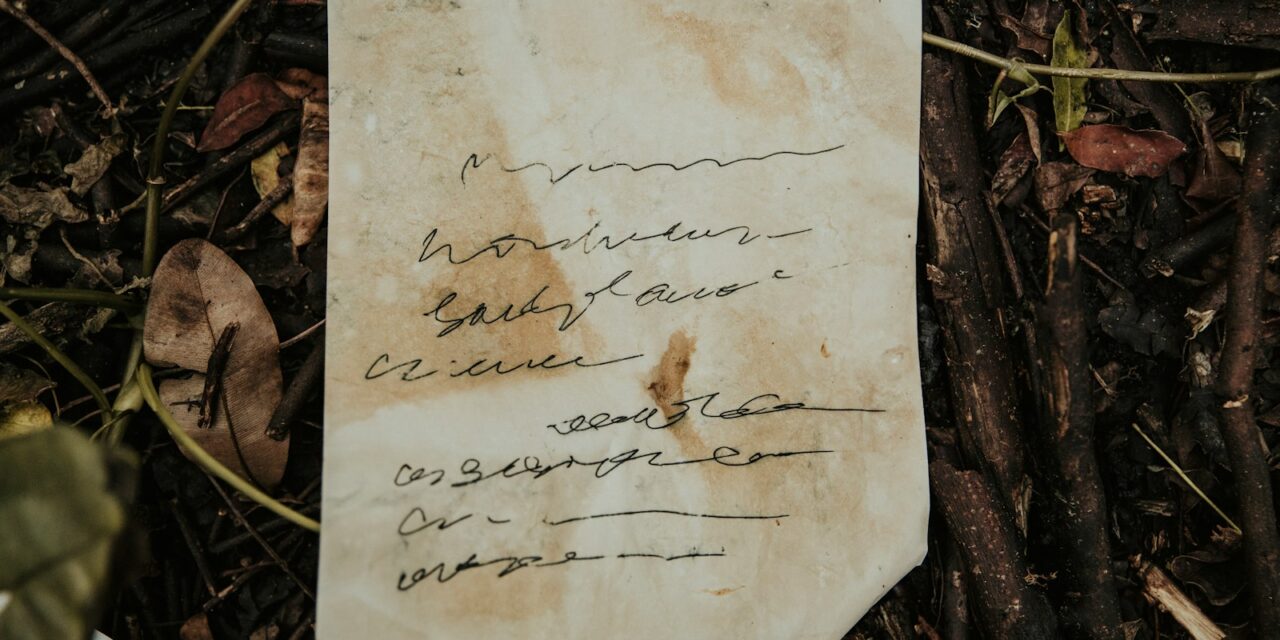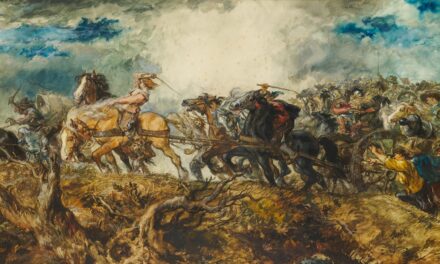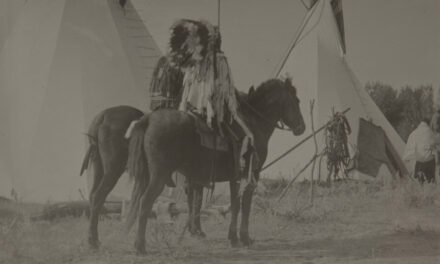Genealogy research often involves diving into centuries-old records, which can reveal incredible stories about our ancestors. However, the handwriting in these documents can be a significant obstacle. Old handwriting styles, archaic spellings, and unfamiliar scripts can make it challenging to read these records accurately. This guide will provide practical tips and resources for deciphering old handwriting, helping you unlock the secrets contained in historical documents.
Table of Contents
Understanding the Basics of Historical Handwriting Styles
Old handwriting can vary greatly depending on the time period, region, and the writer’s education. To start with, it’s crucial to understand some common styles you may encounter while conducting genealogical research.
One of the most common types of old handwriting encountered in historical records is Secretary Hand, which was popular in England from the 16th to 17th centuries. Secretary Hand can be characterized by its elaborate strokes and unusual letter shapes. You might also come across Italic Hand, which is a more rounded and legible style that became popular in the 17th century. Copperplate is another common style, known for its flowing, elegant forms and often used for official records during the 18th and 19th centuries.
In German records, you may come across Kurrent, a script that was widely used in the German-speaking world until the early 20th century. It features distinctive loops and flourishes that can be hard to decipher for modern readers. Similarly, Blackletter, which was common in medieval manuscripts, can be challenging due to its densely packed and ornate appearance.
The key to deciphering these different handwriting styles is familiarity. The more exposure you have to a particular script, the easier it becomes to recognize the nuances of letter forms and common abbreviations. Online resources such as the Palaeography Tutorial from the National Archives UK can help you familiarize yourself with different scripts and practice reading them.
Tips for Deciphering Difficult Handwriting
Deciphering old handwriting is part skill, part patience. Here are some practical tips to help you make sense of those challenging records:
- Transcribe What You Can Read First Start by transcribing the words you can identify easily. This approach helps you gain context and fill in gaps more effectively. Once you’ve identified some words, the overall meaning of the document can help you deduce the tougher passages. Focus on identifying key terms such as names, places, and dates—these can often serve as anchors to decipher more complex sections.
- Familiarize Yourself with Common Abbreviations and Spelling Variations Historical documents often contain abbreviations that were common in the period they were written. For example, the letters “ye” were often used to represent “the,” and names may have different spellings than we use today. Knowing these common variations can significantly speed up the transcription process. Resources like the Dictionary of Abbreviations & Acronyms in Genealogy Documents can be particularly useful when faced with unfamiliar shorthand.
- Learn the Alphabet in Context Historical letter forms often differ from modern script, and some letters may look very similar to each other. For instance, in Secretary Hand, the letters “s” and “f” are often confused due to their similar shapes. Creating an alphabet chart for the specific script you are working on can help you differentiate letters more easily. Write out the entire alphabet as you see it in the document—this practice will make it easier to compare and identify letters consistently.
- Work with the Context Context is everything when reading old handwriting. If you’re struggling to decipher a word, think about the broader context of the document. What type of document is it—perhaps a will, parish register, or legal contract? What words are likely to be present based on the type of record and its purpose? Place names, family relationships, and legal terms are often repeated throughout a document, making them easier to recognize after you’ve seen them once or twice.
- Practice Patience and Take Breaks Deciphering old handwriting can be frustrating, and it’s important to stay patient. If you find yourself stuck on a particular section, take a break and come back to it later with fresh eyes. Fatigue can make it harder to discern subtle differences in letter forms, so stepping away and returning with renewed focus often yields better results.
Tools and Resources to Aid Your Research
Luckily, there are many tools available that can assist you in transcribing and deciphering old handwriting. Here are some valuable resources to keep in mind:
- The National Archives Palaeography Tutorial: This free resource is an excellent starting point for learning to read old handwriting. It offers a step-by-step guide and practice examples from actual historical documents. Visit the National Archives Palaeography Tutorial.
- FamilySearch Learning Center: FamilySearch offers video tutorials and practice exercises for reading old records in English, German, and other languages. The Learning Center is an excellent resource to help you understand different regional handwriting styles.
- Script Tutorials by BYU: Brigham Young University offers extensive guides for deciphering historical handwriting, with specific emphasis on various languages, including English, French, Spanish, and German. These tutorials are very hands-on, giving you practical experience with interpreting old scripts.
- Online Genealogical Forums and Communities: Engaging with other genealogists can be a great way to get help deciphering difficult passages. Forums such as Genealogy.com or the Genealogy Subreddit (r/genealogy) are full of experienced researchers who are often willing to help interpret tricky records.
- Paleography Apps: Several mobile applications can help you improve your reading skills of old scripts. For example, Palaeography is an app that provides training exercises for reading older writing styles. It’s a great way to practice while on the go.
Common Challenges and How to Overcome Them
When deciphering old handwriting, you’re likely to encounter some common challenges. Here’s how to tackle them:
- Faded Ink and Deterioration Many historical documents are fragile and have faded over time. To make faint text more legible, consider adjusting the brightness and contrast of a scanned image, or use digital tools that enhance faded text. Programs like Photoshop or the free tool GIMP can help bring faded writing into clearer view. If you are working with microfilm or original documents, magnifying glasses and proper lighting can make a significant difference.
- Obsolete Words and Phrases Documents from centuries past often contain words and phrases that are no longer in common usage. Understanding the meaning of these archaic terms is crucial to making sense of the text. Use historical dictionaries like Samuel Johnson’s Dictionary of the English Language (available online through the Internet Archive) or the Oxford English Dictionary to interpret unfamiliar vocabulary.
- Foreign Languages If you’re working with records from other countries, you may also need to decipher old handwriting in a foreign language. This can be doubly challenging, as both the language and the handwriting styles may be unfamiliar. In these cases, learning key genealogical terms in the target language is helpful. Resources like FamilySearch’s Genealogical Word Lists can provide translations for commonly used terms in various languages.
- Unusual Formatting and Layouts Many historical records, such as wills and land deeds, are written in formats that can be confusing. These documents may not follow modern punctuation or paragraph rules, which can make it hard to tell where one thought ends and another begins. Carefully examine the structure of the document before attempting a full transcription—this may give clues as to how to read and interpret each section. For example, legal documents often follow predictable formats, with standard phrases repeated throughout.
Practice Makes Perfect: The Importance of Consistent Effort
The more you practice reading old handwriting, the more proficient you’ll become. It’s a skill that improves with time, exposure, and consistent effort. Start with easier documents, such as 19th-century census records or church registries, before moving on to more challenging material from earlier centuries. As you gain experience, you’ll be able to recognize letter forms and patterns more quickly, and even anticipate what certain words are likely to be based on context.
Joining a local genealogy group or participating in transcription projects can also provide valuable practice opportunities. Projects like those run by Free UK Genealogy or Transcribe Bentham allow you to contribute to the digitization and preservation of historical records while improving your skills.
Finally, don’t underestimate the importance of patience and persistence. Deciphering old handwriting is not always easy, but it can be incredibly rewarding. By sticking with it, using available resources, and continuing to practice, you’ll find that your ability to read and interpret historical documents improves significantly over time.
Conclusion
Deciphering old handwriting is one of the most challenging, yet rewarding aspects of genealogical research. It requires patience, attention to detail, and a willingness to learn. By understanding the basics of historical handwriting styles, using context to your advantage, leveraging available tools, and practicing regularly, you can unlock the fascinating stories hidden within historical documents.
The tips and resources shared in this guide are just the beginning. Dive into the world of palaeography, connect with fellow researchers, and take advantage of the wealth of online tutorials to grow your skills. The effort you put into mastering old handwriting will pay off, opening doors to the past and providing a richer, deeper understanding of your family history.




